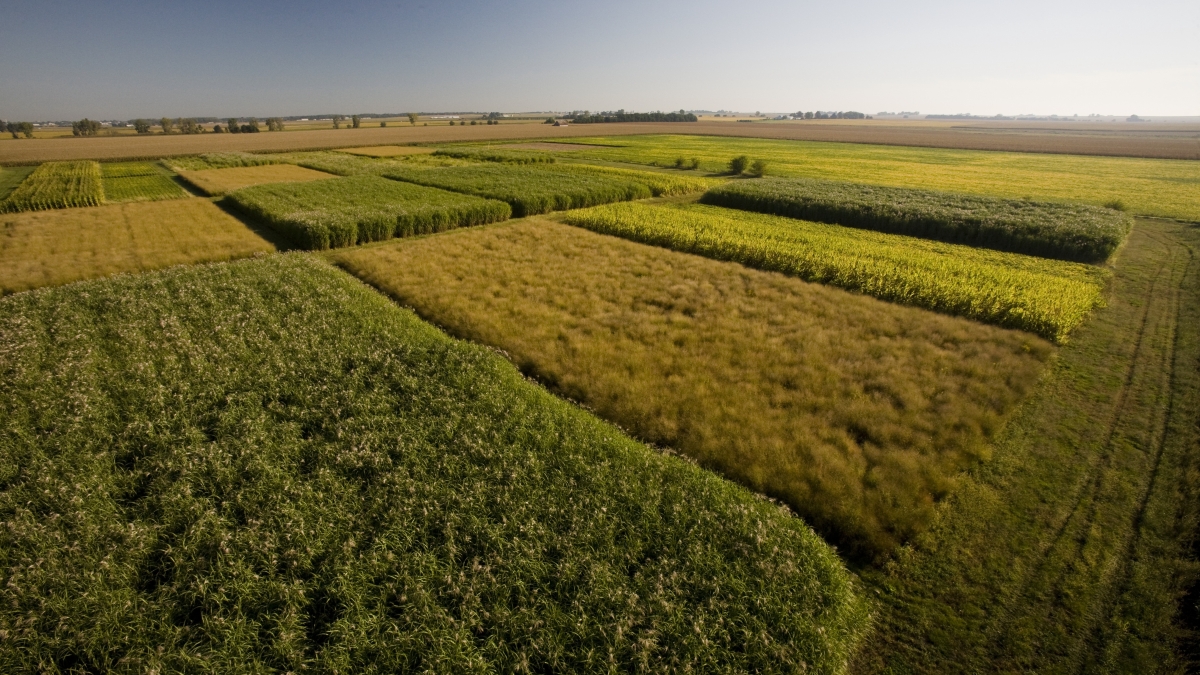Biofuels: the next frontier at ASU, WSU

Editor's Note: Arizona State football will take on Washington State University, at 1 p.m., Nov. 17 in Tempe. Learn more about ASU's collaborations with Pac-12 schools.
With concerns about global warming increasing by the day, exploration into alternative energy sources is on the rise. The pursuit of biofuels has become increasingly popular, as is evidenced by research being conducted at universities around the nation, including Pac-12 sister schools Arizona State and Washington State.
As two of the nation’s leading research universities, it is to be expected that some areas of study should overlap. In October, ASU announced their plans to embark on a five-year renewable energy project, funded partly by a $1.5 million grant from the National Science Foundation, aimed at identifying geographically sustainable “hot-spots” throughout the country that are best-suited for expansion of perennial bioenergy crops.
In like fashion, WSU’s Center for Precision and Automated Agricultural Systems also announced earlier this year that they will be teaming up with the University of Hawai'i at Mānoa for a four-year, $6 million project to help Hawaii increase its energy security by modifying existing sugarcane harvesting techniques in order to better convert tropical grass crops into biofuel.
Biofuels are one of the oldest energy resources available in the world. Countries like Brazil have been gleaning ethanol from sugarcane for decades and biodiesel, made from palm oil, is commonly utilized in Europe.
Because biofuels are made from plants, they are considered “carbon neutral”; that is, the amount of carbon dioxide they release when burnt is equal to the amount they absorb during the growing process. They are also cheaper than fossil fuels and are a completely renewable resource.
ASU’s research team is focusing on the use of perennial feedstocks, such as switchgrass, as opposed to the use of crops like corn, which carry side effects including food security concerns. Utilizing perennial crops is likely to result in a decreased reliance on the use of food crops for energy production, a decreased reliance on fossil fuels, and the chance to combat greenhouse gas-induced climate change.
Researchers will be testing crops in abandoned and degraded farmland over the contiguous U.S. to determine where is best to sustainably grow perennial crops for ethanol production.
WSU’s research with UH Mānoa will look at improving tropical crop harvesting systems in order to optimize the sustainability of the process. To do this, researchers will evaluate several conditions, such as operating speeds compared to growth stages and the effects of varying terrain. Their goal is to find a sustainable and cost-effective process for harvesting biofuel crops and to develop the most efficient equipment for the job.
Both ASU and WSU have extensive experience in biofuels research. In July 2010, ASU was awarded a $6 million grant from the U.S. Department of Energy as part of a program focused on algae-based biofuels and in 2011, WSU was awarded a $40 million grant from the U.S. Department of Agriculture in a joint project with the University of Washington to research the potential for using residual wood after logging and forest thinning for aviation fuel.